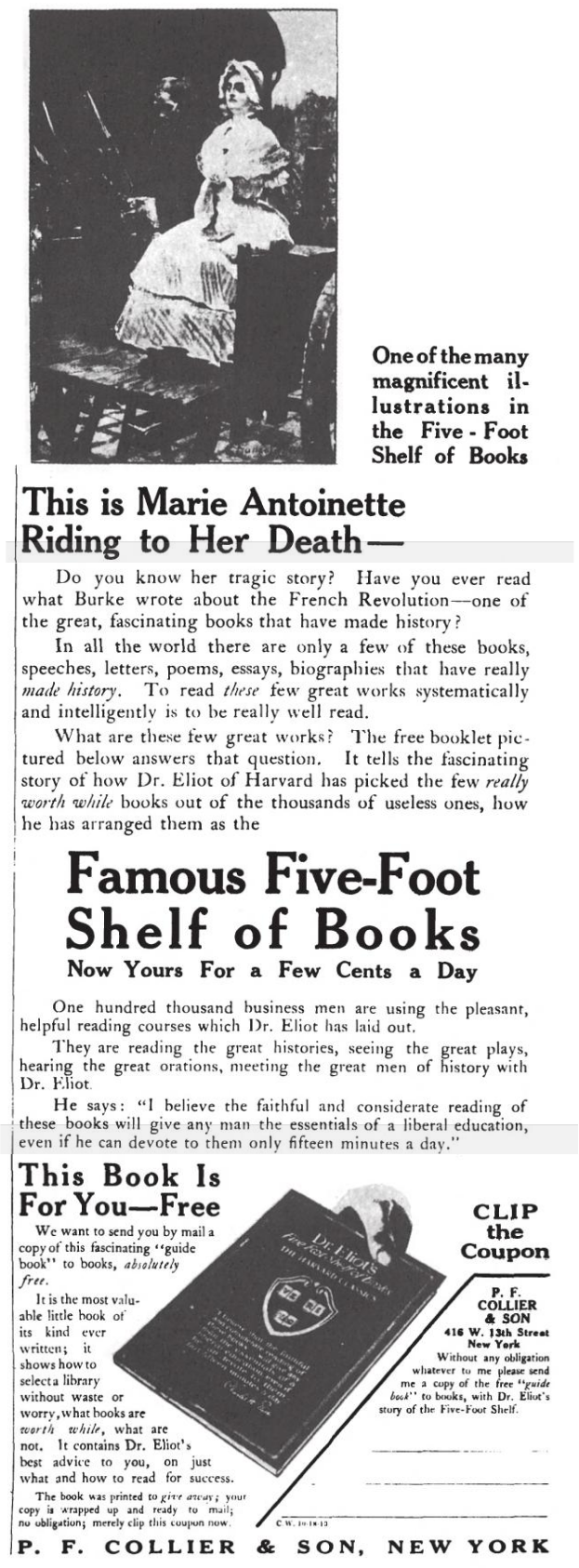The siege of Leningrad lasted 872 days. During that time, the city was ruined, the people were desperate, and hunger was rampant. As a result, the cat population suffered.
By 1943, when the siege was finally lifted, the people of Leningrad had eaten all their cats.
This turned out to be a short-sighted decision. Because without the cats, the rats multiplied. The rats attacked the few remaining stores of grain and spread disease throughout the city.
The people of Leningrad hunted the rats, shot at them, even squashed them with tanks. Nothing helped.
That’s why, when the siege was lifted, four wagonfuls of cats were the first to enter the city.
At that time, a kitten in Leningrad was worth 400 rubles, the equivalent of 10 precious kilos of bread. But it was worth it. Because the meowing division, as it was called, soon took care of the rat problem.
Grateful citizens of Leningrad, now St. Petersburg, raised statues in memory of the heroic cats.
I mostly wanted to share this story with you. I thought it was both horrifying and funny. But since this newsletter is about copywriting, let me also try to connect it to something useful.
One of the best copywriting resources I own is the Business of Copywriting Academy that Dan Kennedy did with AWAI. It’s not about how to write copy. Like the name says, it’s about the business of being a copywriter.
And in there, Dan says that if you want to get rich as a copywriter… if you want to have lots of work and clients who celebrate you as a rainmaker… then you should get adept at finding certain wins.
That’s usually not the projects the client will come to you with.
The client will usually come to you and say, “We think we have a rat somewhere in the building. We’ve had four other cats come through and search for the rat. They failed. We’d like you to try next.”
No no no, says Dan. You want to work on things that are a certain win, or as close to it as possible.
The client won’t tell you what those are. He can’t see them himself.
But if you keep your ears up and your whiskers out, you will start to spot situations where you will succeed, almost regardless of what you do. Situations that are the copywriting equivalent of being a cat in post-siege Leningrad. Where bare competence is enough to deliver heroic results.
And if you make a habit of hunting down such opportunities, you can soon start to charge all the rubles you want… in spite of wagonfuls of competition… and who knows? One day, you might even get a statue raised in your honor.
In the meantime, you might like some more ideas on the business of copywriting. One option is to go for Dan’s AWAI course, fully worth it. Another option is to sign up for my email newsletter, where I sometimes share ideas and experiences on this topic.

